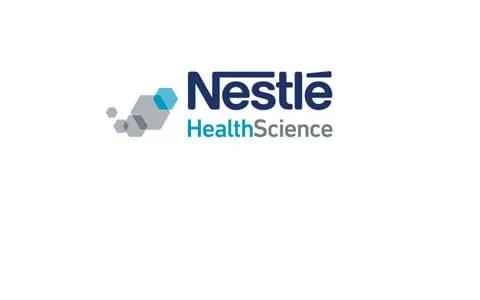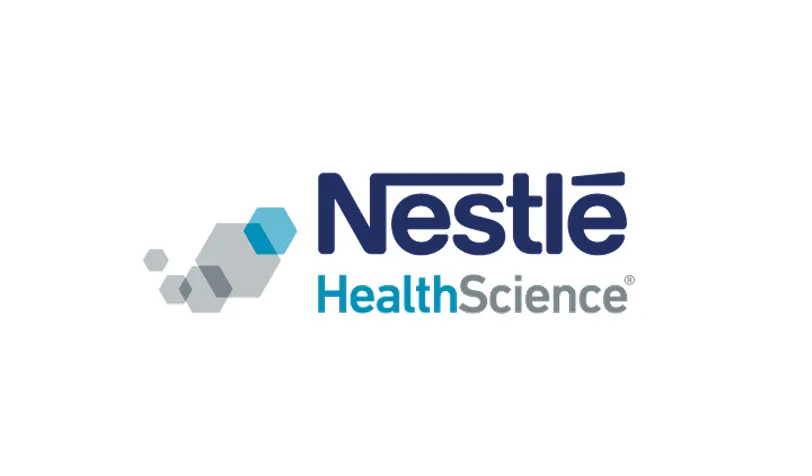The aim of this prospective study was to investigate the effect of guar gum on colonic transit time (CTT) and symptoms of chronic constipation. The results showed that four-week PHGG use accelerates colon transit time in patients with chronic constipation, especially in those with slow transit, and improves many of their symptoms including frequency of bowel movements.
Polymeros, D. et al. 2014. Partially Hydrolyzed Guar Gum Accelerates Colonic Transit Time and Improves Symptoms in Adults with Chronic Constipation
- 18/06/2021 - 08:09 am
A systematic review and meta-analysis evaluating the impact of partially hydrolysed guar gum(PHGG) supplementation on constipation related outcomes in apparently healthy individuals. Results suggested that PHGG consumption led to a favourable impact on constipation prevention of the similar magnitude that was achieved with laxatives.
This study evaluated the progress of symptoms and the modifications in the frequency of evacuations in subjects affected by irritable bowel syndrome and regularly taking PHGG. The study demonstrated that PHGG inclusion in the diet assists in the dietary management of IBS and helps to manage the incidence of flatulence, pain and bloating.
The effects of partially hydrolysed guar gum (PHGG) were compared in a multicentre randomised open trial in patients with irritable bowel syndrome for 12 weeks. Gastrointestinal symptoms, quality of life and psychological symptoms were evaluated and improved significantly after the first month of administration until follow-up compared to those at baseline.
This online webinar called 'The Gut Microbiome, Probiotics and Prebiotics 101', presented by Professor Kevin Whelan, translates the basic science of the gastrointestinal microbiome into dietary management in practice. Professor Whelan specifically focuses on Probiotics and Prebiotics and it's role in maintaining a healthy gut microbiome as well as looking at evidence that may support this.
This podcast explores how prebiotic fibre differs from other fibres and probiotics, and its specific role in supporting gut health. It also touches on which patients benefit from boosting their prebiotic intake and debunks some of the most common myths in the gut health space. In particular the podcast will explore diets that are typically low in prebiotic goodness, how prebiotic fibres can alleviate symptoms of constipation, the role of Partially Hydrolysed Guar Gum (PHGG), a type of prebiotic fibre and top tips for dietitians who see patients with gut health issues.
This webinar presented by Dr. Jaci Barrett who is an Accredited Practising Dietitian. informs you of the history and development of the low FODMAP diet, current evidence for treatment for IBS, implementation of the diet as well further application outside of IBS such as its potential use for infantile colic.
This webinar informs on the emerging research demonstrating the benefits of partially hydrolysed guar gum (PHGG) for a range of health outcomes, including gut health and as a prebiotic. PHGG exerts the nutritional function of a dietary fibre, while being very low viscosity in solution. This webinar explores PHGG and its specific benefits for gut health.
This booklet was designed to provide guidance on the transition from hospital back to your home and the nutrition support services available to you. This resource provides you with information such as helpful contact numbers that you can utilise, a weight monitoring chart and details on the process of tube feeding.
The video provides in depth information on how patients should complete the process of bolus feeding as well as precautions that should be taken when tube feeding. Additionally, the video provides patients with information about the process of bolus feeding, why it is necessary and how the patient can manage it.
Information for health professionals on nutrition management of critically ill patients, including guidelines on the nutritional management of COVID-19. Please note that all clinical decisions need to be made by the healthcare professional, taking the medical information of the patient into consideration.
This quick guide provides a snapshot of Nestlé Health Science ready-to-hang and bolus tube feed formulations to help you select a feed that meets patients' individual nutritional needs. Complete nutritional information is provided.
Consensus recommendations were established based on eight clinically relevant questions regarding enteral nutrition (EN) indications as deemed by the Enteral Nutrition Committee. These consensus recommendations may act as a guide for clinicians and stakeholders on difficult questions pertaining to indications for EN. This paper was approved by the ASPEN Board of Directors.






